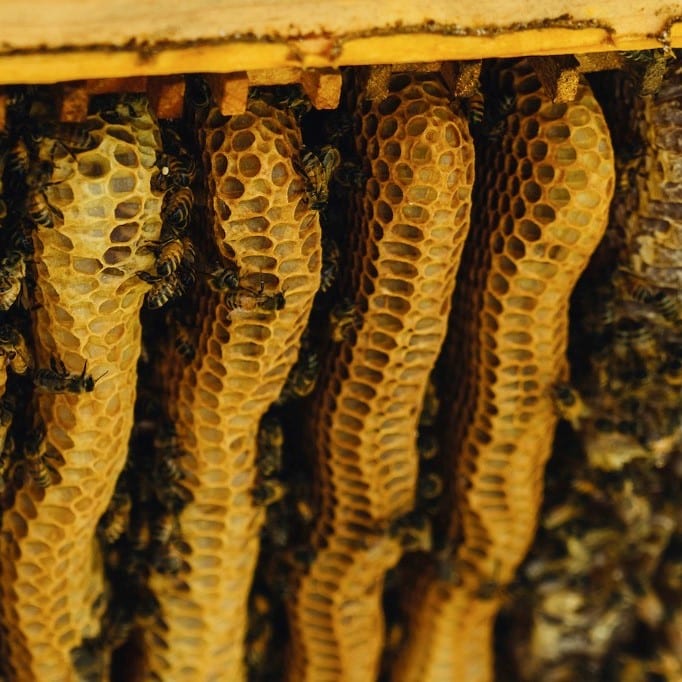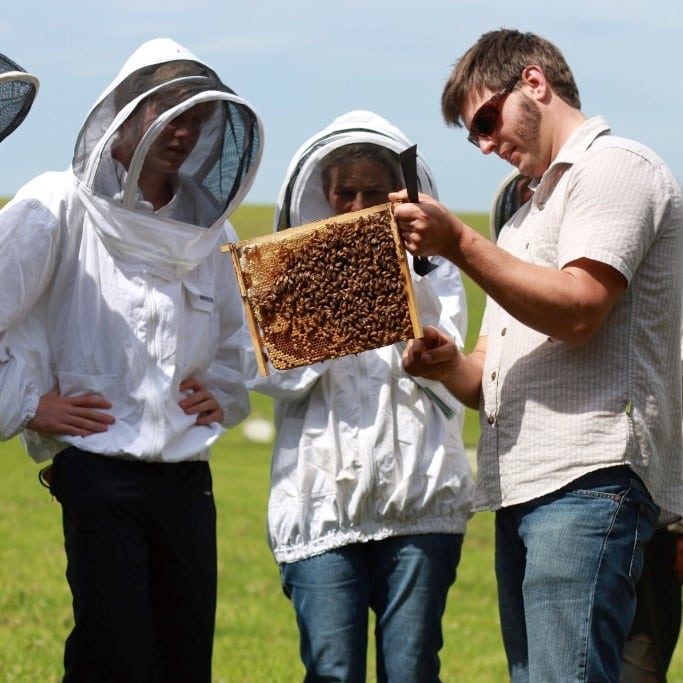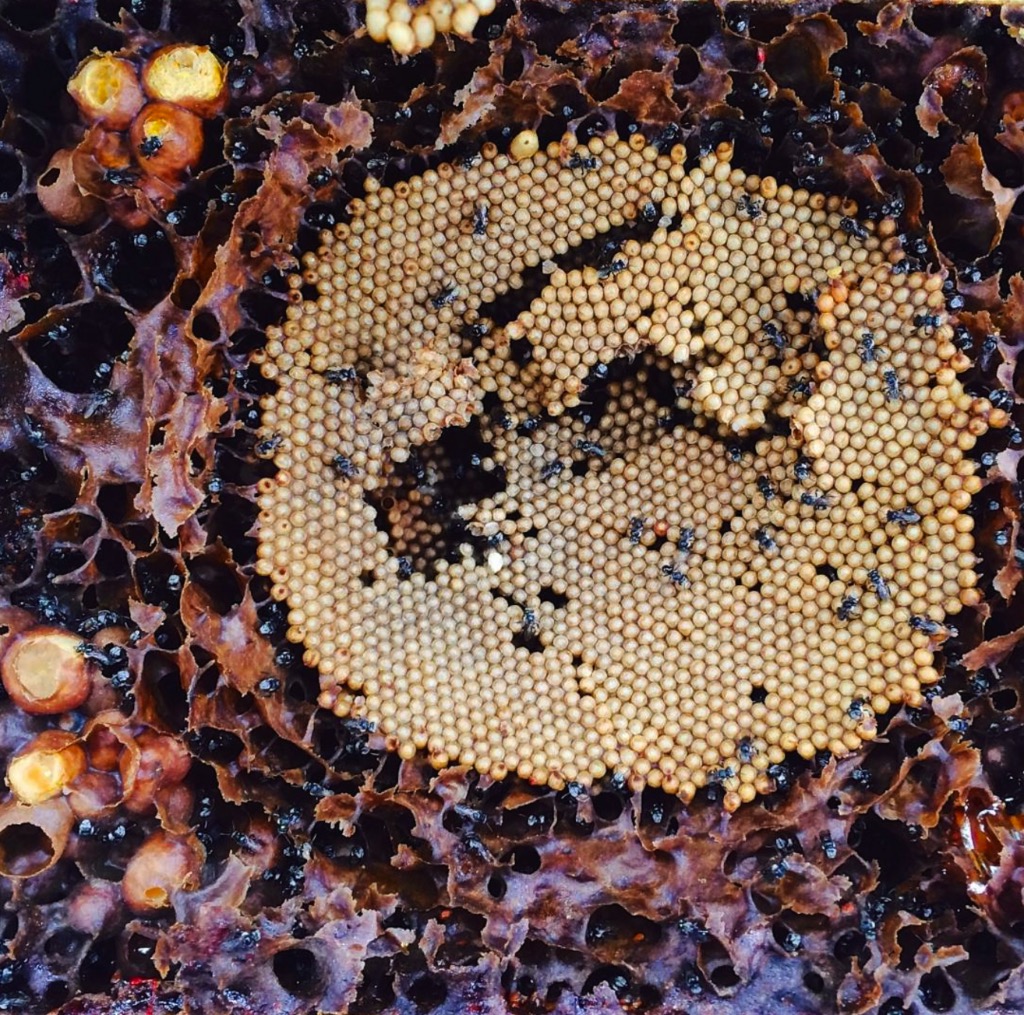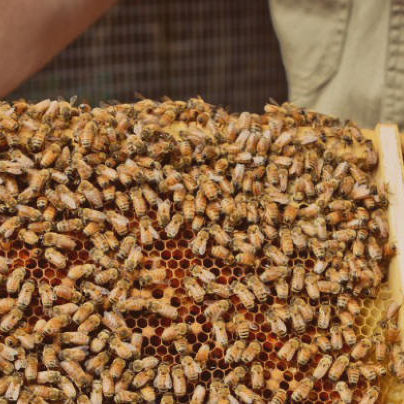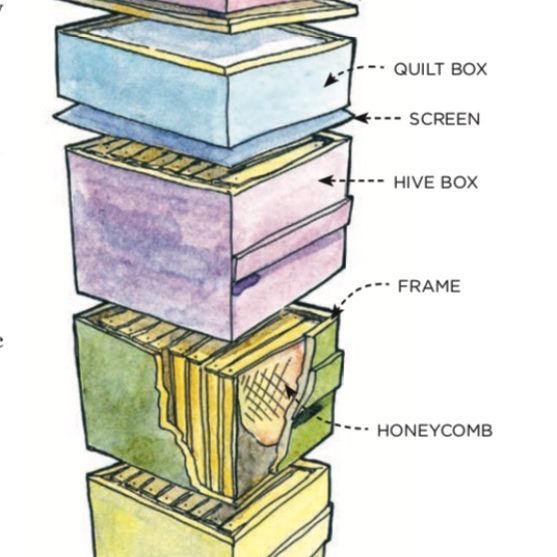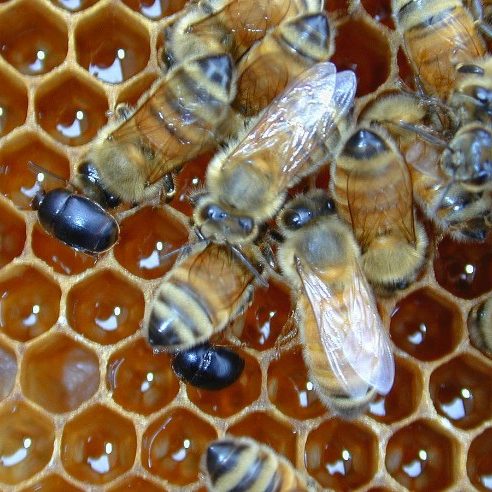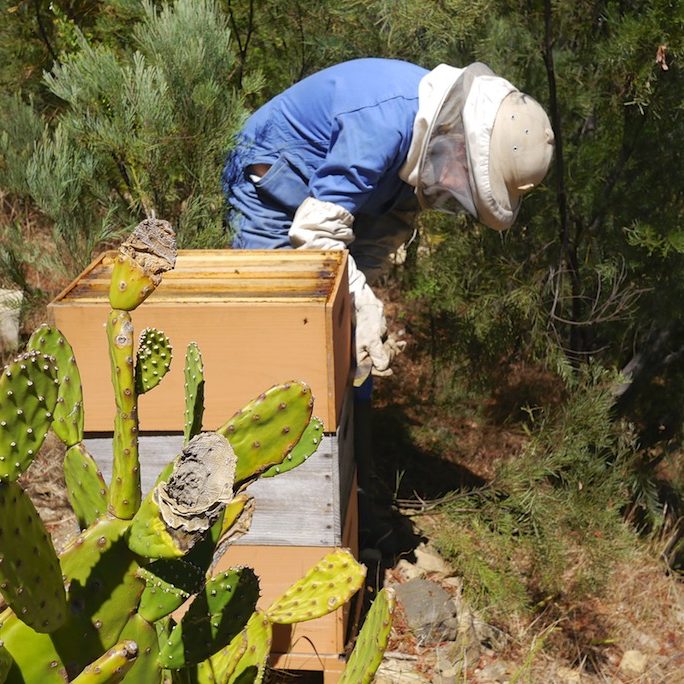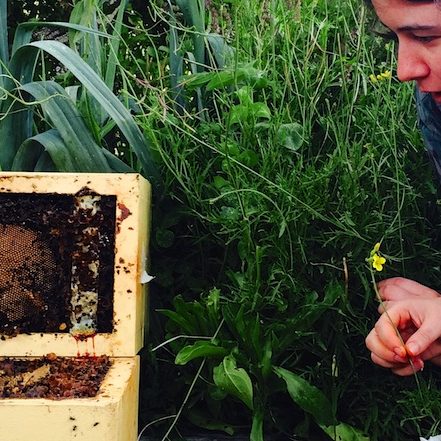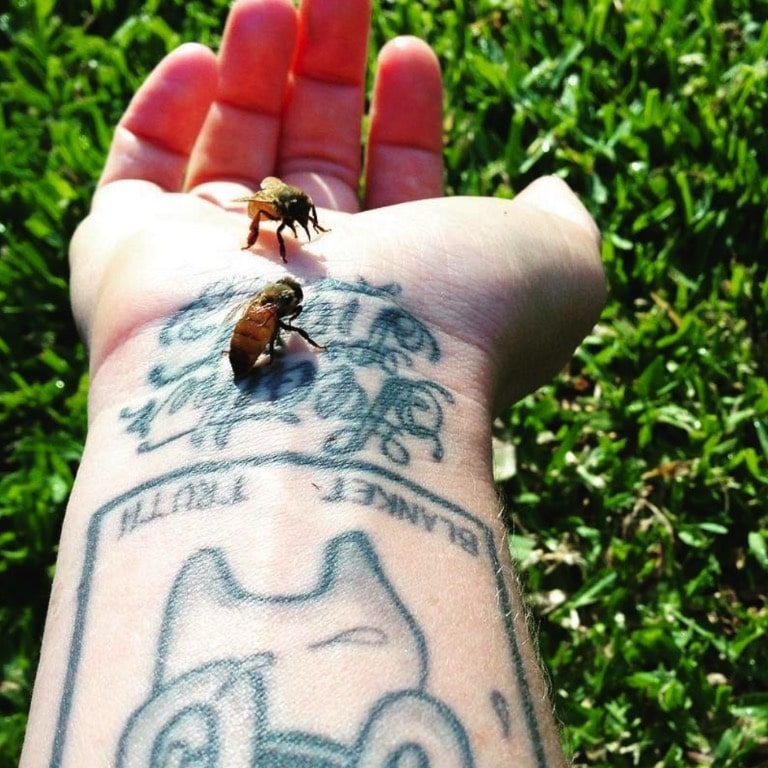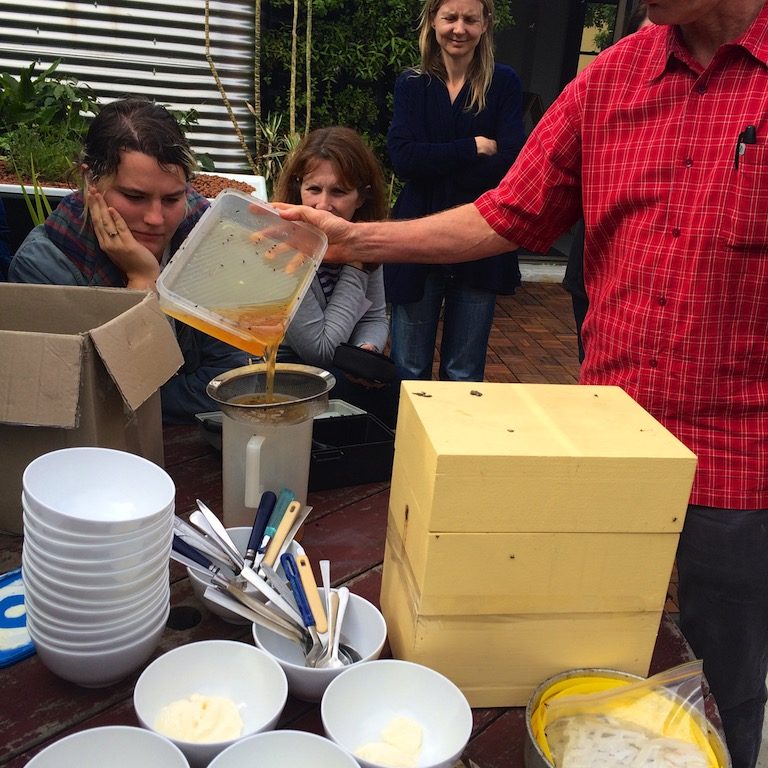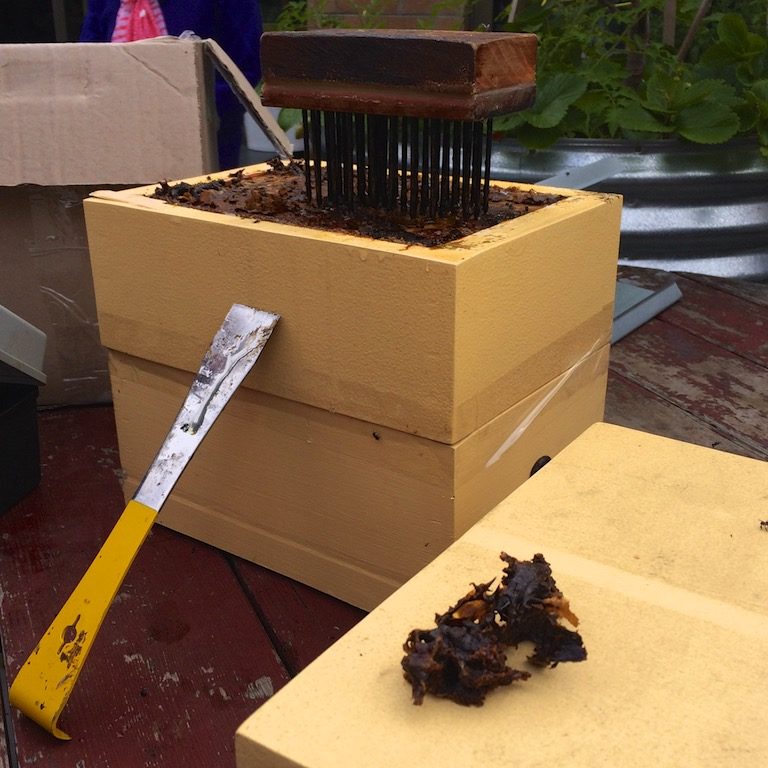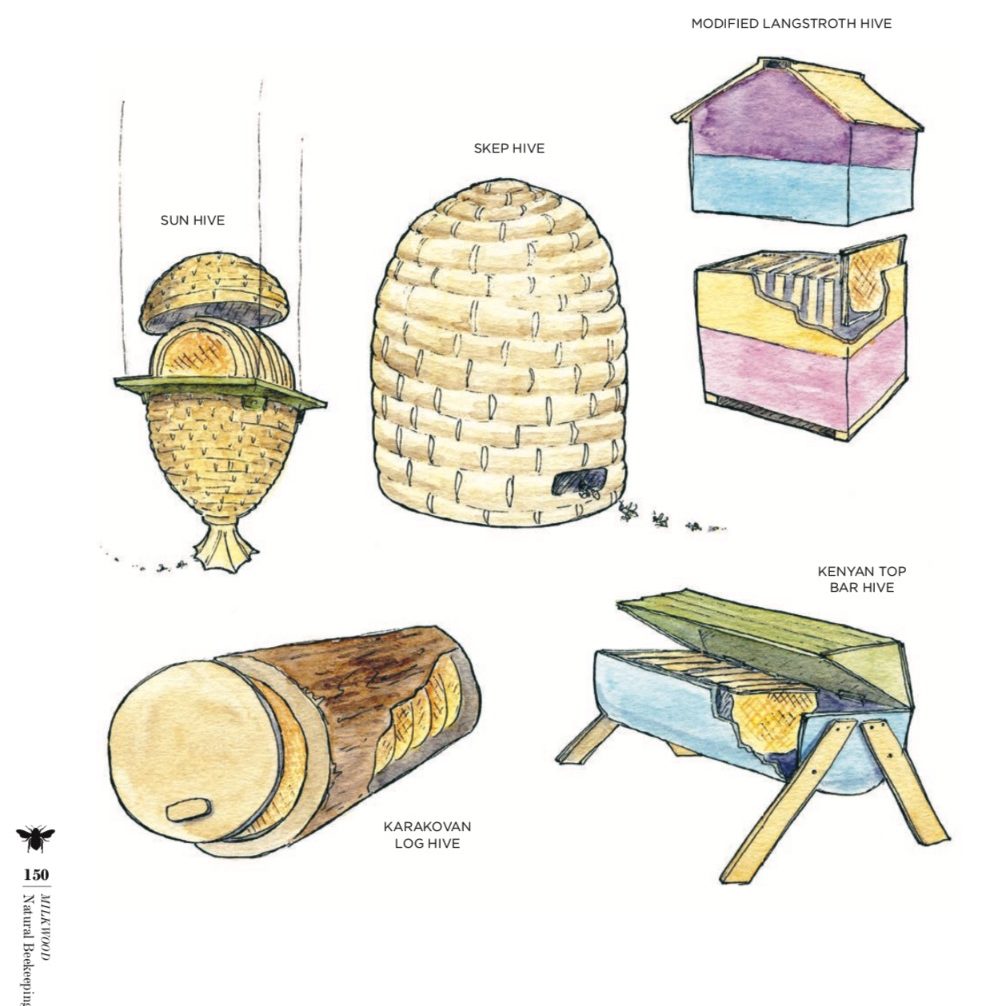Our popular ‘Intro to Natural Beekeeping’, ‘Natural Beekeeping’ and ‘Stingless Beekeeping’ courses ran from 2013 to 2019, in various Australian locations across New South Wales, Victoria and Tasmania.
In that time we ran over 30 courses and taught over 800 students the ways of the bee.
Warré beekeeping is a bee-centric, natural method that aims to care for bees as the priority, allowing them to control their own environment. It is a gentler approach than conventional beekeeping, resulting in healthy contented bees and superb raw honey.
